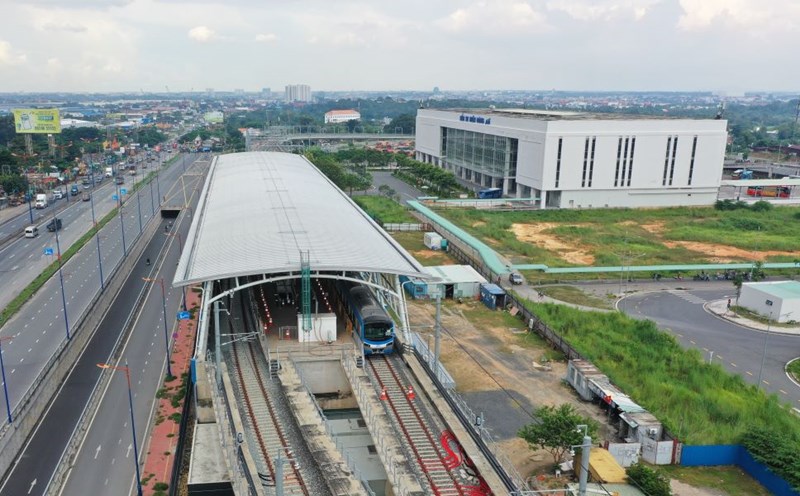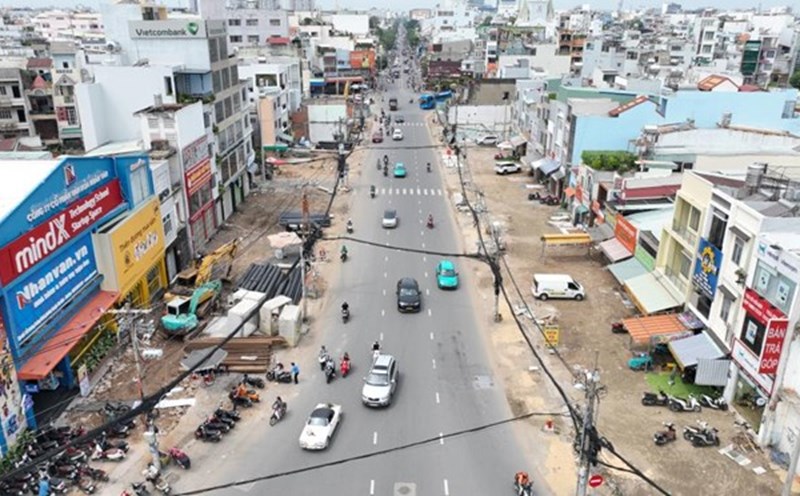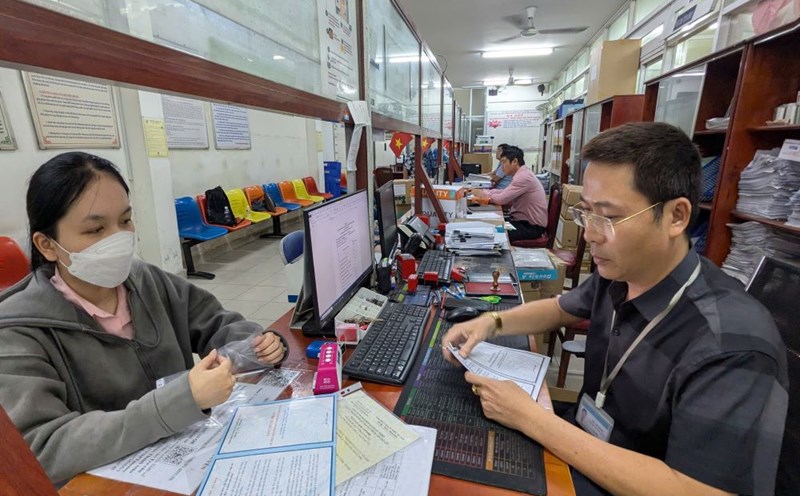That is the story before the merger with Binh Duong and Ba Ria - Vung Tau.
After the merger, Ho Chi Minh City will become a super urban area of the Southeast region with an area of over 6,772km2 and a population of nearly 14 million people. With the largest population in the country, the current transport infrastructure system is still outdated, mainly personal vehicles, public transport is still mainly buses.
Therefore, building and organizing a modern transport network is a requirement of real life, not only serving people's travel, but also being a foundation for economic development. A key economic city must go hand in hand with modern transport infrastructure and public transport.
The success in commercial exploitation of the Ben Thanh - Suoi Tien metro line shows that metro is a popular public transport choice for people, and people are looking forward to having many other routes for safe and convenient travel. Metro will reduce pressure on urban traffic, limit traffic jams and traffic accidents.
Previously, Ho Chi Minh City planned to build metro lines within the old urban area, now it has to take into account cross-regional connectivity. With a super urban area with many export processing zones, industrial parks, and urban areas, Ho Chi Minh City cannot stop at the number of 355 km metro, but instead look towards a metro network with a total length of about 1,000 km.
Why is this number? That is, Binh Duong province previously planned 12 metro lines with a total length of 305km, while Ba Ria - Vung Tau had 3 lines with a length of about 125km. When merging the three localities, it is necessary to adjust to have connectivity and connectivity, creating the highest efficiency and most benefits for each metro line. For example, the existing Ben Thanh - Suoi Tien route can be invested in an additional extension of about 30 km, from Suoi Tien to Binh Duong.
Ho Chi Minh City has proposed many metro projects, including important routes connecting to Long Thanh, Ba Ria, Vung Tau airports, passenger transport routes to international airports and tourism transport axes to bring tourists from the center to the sea and islands.
But the ambition for a thousand-km metro network is one thing, and the implementation is another. The nearly 20km long metro No. 1 project, which has lasted 17 years since its approval, is an unprofessional lesson.
If the next projects are still sluggish like route 1, the Ho Chi Minh City metro network is just a sketch on paper.
In the immediate future, the 11km long Ben Thanh - Tham Luong metro line, approved for 15 years, has not been implemented yet, will it start construction on schedule as committed by the end of this year?












